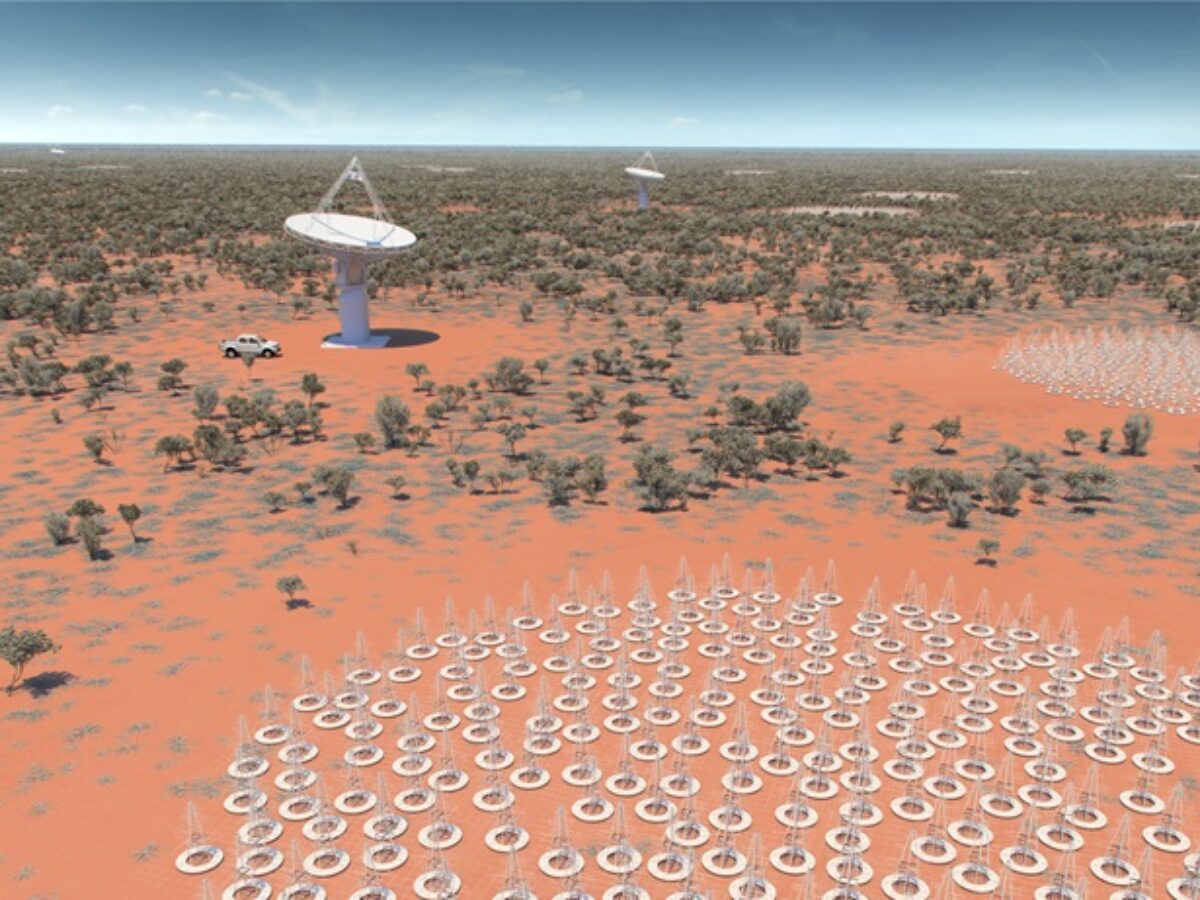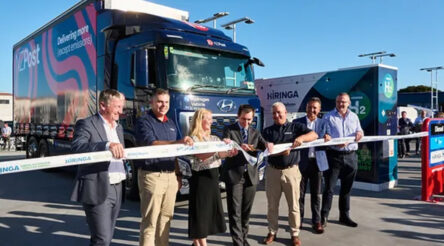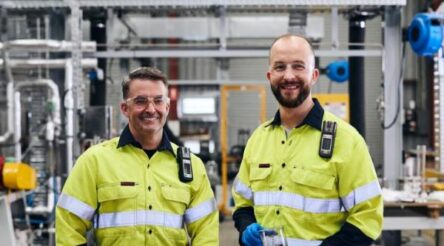Infrastructure design complete for SKA

CSIRO engineers and Aurecon Australia have completed the design phase of one of the world’s largest science infrastructure projects underway today, the billion dollar Square Kilometre Array.
The SKA is a radio telescope made up of hundreds of thousands of low frequency radio antennas to be installed in Australia and Southern Africa.
When combined, the signals from the antennas, including 132,000 antennas at the Murchison Radio-astronomy Observatory in Western Australia, will explore the Universe in unprecedented detail and speed.
CSIRO announced today that the SKA Infrastructure Australia consortium had completed the design of the Australian part of the giant observatory.
This includes “everything from supercomputing facilities, buildings, site monitoring and roads, to the power and data fibre distribution that will be needed to host the instrument.”
There are major industrial spin offs in the project from building and construction, to engineering, the crucial radio receiving equipment and signals processing technologies.
SKA Infrastructure Consortium Director, Antony Schinckel said: “We are setting the groundwork to host 132,000 low-frequency SKA antennas in Australia.
“These will receive staggering amounts of data.”
Data flows will be on the scale of petabits, or a million billion bits, per second – more than the global internet rate today – fed from Africa and Australia to a single building in the Murchison.
“To get this data from the antennas to the telescope’s custom supercomputing facilities we need to lay 65,000 fibre optic cables.”
CSIRO and Aurecon engineers previously designed and had built the Australian SKA Pathfinder telescope, CSIRO’s 36-dish radio telescope at Murchison.
Aurecon’s Senior Project Engineer, Shandip Abeywickrema, said the design team’s biggest challenge was minimising radio ‘noise’ created to avoid drowning out the faint signals from space.
Abeywickrema said: “We are trying to reduce the level of radio emissions by factors of billions.
“For example, the custom supercomputing building is effectively a fully welded box within a box, with the computing equipment to be located within the inner shield, while support plant equipment will be located in the outer shield.”
The design phase of the SKA has been funded by the Australian government and the European Union.
The next step is a design review leading to construction which will begin in 2020.
Subscribe to our free @AuManufacturing newsletter here.
Picture: SKA Organisation/artists impression, Murchison, WA
Topics Manufacturing News
@aumanufacturing Sections
Analysis and Commentary Awards Defence Manufacturing News Podcast Technology Videos










